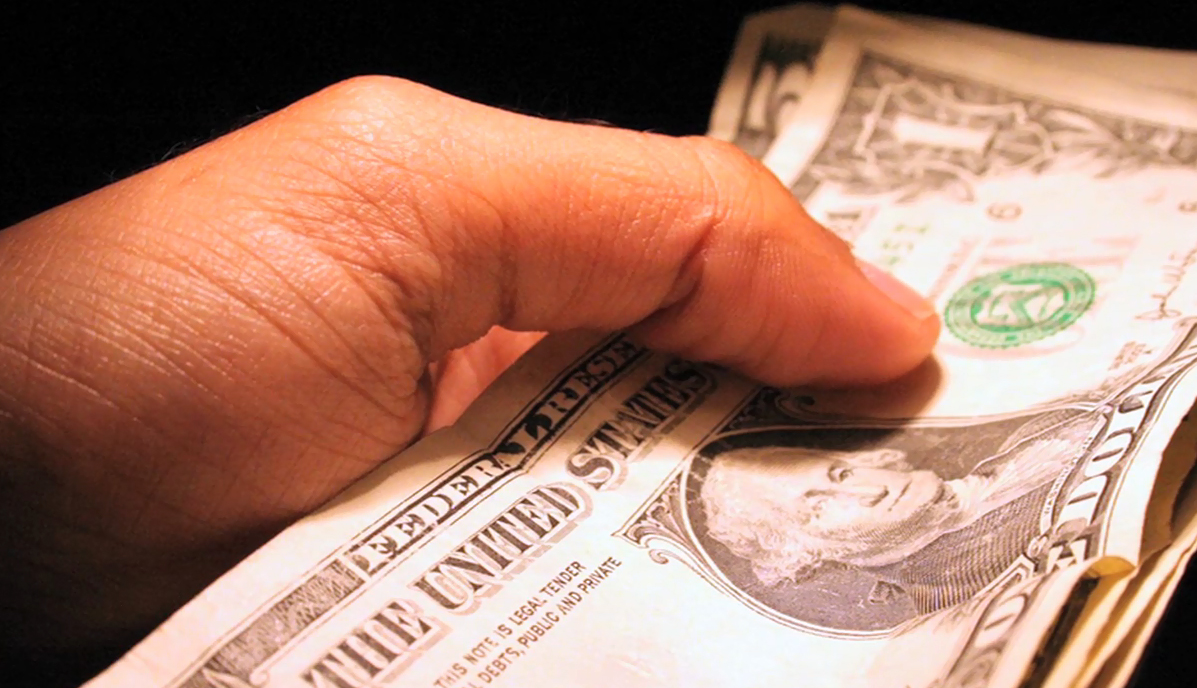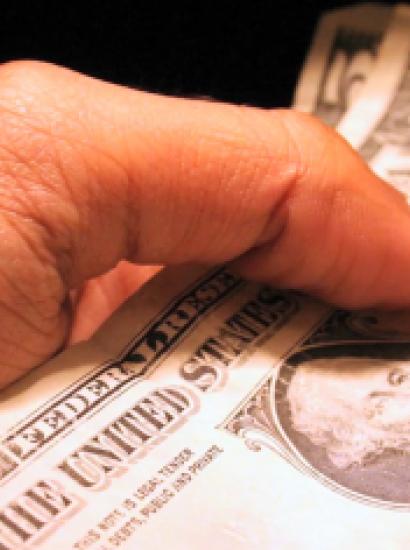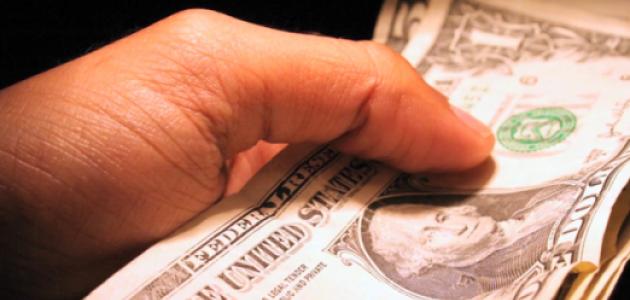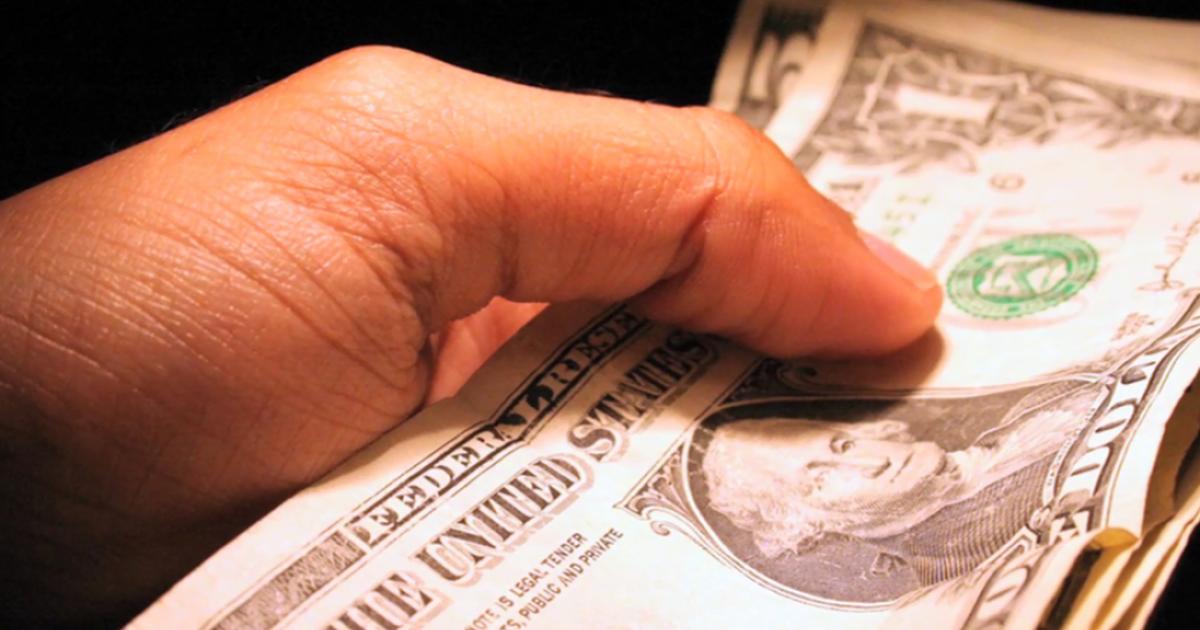This essay is based on the working paper “The Political Economy of Middle Income” by Avidit Acharya, Stephen Haber, and Alexander Lee.
While the world distribution of income is characterized by three distinct classes of countries, the theoretical literature on institutions and development predicts only two possible outcomes. One outcome exists in high-income countries—such as Canada, Japan, and Switzerland—and is characterized by economic and political institutions that provide universal protection of private property rights and place limits on the political power of the executive office. The other outcome exists in low-income countries—such as Burundi, Afghanistan, and Nicaragua—and is characterized by economic and political institutions that afford no protection of private property rights against expropriation by the ruler.
Comparing these two types of countries is a growing area of study in economics and political science. One dominant line of argument links economic strength to institutions that protect private property rights. The logic underlying this argument is simple: if investors feel that their investments are safe from theft and expropriation, then they will be more likely to invest their money in productive investments rather than hiding it in safe but unproductive assets. However, institutions that prevent expropriation do not emerge everywhere, because those in power are often reluctant to enact reforms that may have the byproduct of weakening their support base. A wide variety of factors have been suggested to explain why certain countries are able to overcome this commitment problem. However, there is a strong consensus that “good” institutions are a necessary, and possibly sufficient, condition for economic growth.
However, there is a third class of countries with moderate levels of income, such as Brazil, Mexico, the Dominican Republic, Indonesia, Malaysia, Guyana, Jamaica, Thailand, the Philippines, and China. These countries present a challenge for theories that link economic growth to “good” institutions because their governments did not provide universal protection of property rights or place limits on the executive during the periods of rapid growth that brought them out of poverty. In fact, most of these countries have never acquired these institutions. Instead of property rights, these countries have a system of economic favoritism by which the state protects and promotes the economic interests of certain firms while restricting market access for others.
This paper offers a theory of the transition from poverty to middle income without universal property rights protection—of how countries can grow under crony capitalism. We develop a game theoretic model of the interactions between a ruler and businesses. The ruler must decide whether to allow all, some, or none of the businesses to operate as well as how much money to squeeze from them; however, the ruler must consider that if businesses are allowed to operate and are overtaxed, they may choose to support the opposition, thereby leading to ruler’s overthrow. Since there are no institutions to enforce cooperation between the ruler and firms, any long-term arrangement must be in the interest of both.
We find that there are three basic categories of outcomes: a “high income” outcome in which all firms compete, a “low income” outcome in which the ruler is too insecure to allow any firms to operate, and a “middle income” outcome in which only one firm is allowed to operate. This outcome is obviously less economically efficient than having full property rights would be, since only a certain proportion of firms (often the less efficient ones) are allowed to engage in production. However, there can be an improvement in welfare in a relative sense if the ruler would otherwise choose to protect nobody’s property rights.
Nevertheless, an important policy implication of our model is that if there is no politically feasible path from low to high income, then there are social welfare gains from transitioning to middle income even when this transition involves the emergence of cronyism.
This logic may appear perverse to numerous readers, given the widespread condemnation of crony capitalism. To see why even a second-best system may help an economy, consider the cases of Indonesia and Madagascar in the 1970s and 1980s. In 1970, both were low-income countries, with their economies reliant on sectors such as agriculture, tourism, mining, and textiles, although Madagascar’s GDP per capita ($170) was more than twice as high as Indonesia’s ($80). During the next two decades, Indonesia’s Suharto regime protected the property rights of only a select group of cronies, most prominently Suharto’s relatives and golfing partners who were given monopoly rights, free land, and concessionary loans. Meanwhile, in Madagascar, the government of Admiral Didier Ratsiraka refused to allow the operation of even well-connected private firms and nationalized all firms with French ties as well as all import-export companies, banks, and insurance companies, while using international borrowing to fund a policy of state-led industrialization modeled on the regime’s closest ally, North Korea. By 1995, close to the end of the Suharto regime, Indonesia’s GDP per capita had risen to over $1,000 while Madagascar had barely doubled, to $350 per capita. Today, the average Indonesian is more than eight times richer than the average person from Madagascar.
Further, our theory provides a political explanation for the much discussed “middle-income trap,” which entails the observation that very few countries in the last century and a half have successfully transitioned from low to high income. We show that middle-income outcomes may be politically feasible when high-income outcomes are not, and even when high-income outcomes are feasible, rulers may prefer the middle-income outcome since this gives them a better likelihood of remaining in power.
Our theory generates several predictions that can be tested against the historical experience of middle-income countries during the period in which they ceased to be poor. First, these countries should contain a set of favored firms, who receive a certain combination of freedom from expropriation and high levels of public services and transfers. Second, these firms should share a relatively large share of their profits with government officials, either directly (through transfers to officials and their families) or indirectly (through high levels of taxation that are then diverted by officials). Third, the favored firms should be those who are less politically threatening to the ruler, either because they are closely linked to the ruler or have little political power.
We show that these predictions hold in three historical cases of economic growth: Late-twentieth-century Indonesia, late-nineteenth-century Mexico, and modern Thailand. In all these cases, explosive economic growth occurred under kleptocratic political institutions that provided little or no protection for the property rights of ordinary people. In all three countries, economic activity was dominated by a small set of firms, owned by either the friends and relatives of the ruler or domiciled foreigners for whom the ruler was the only protection against xenophobia. There were numerous tools of favoritism , which included loans from state-owned banks, protection from domestic and foreign competition, favorable tax treatment, exemption from antimonopoly laws, and the ability to expropriate private land. For example, Tommy Suharto, the dictator’s son, benefited from a $650 million state bank loan to create a “national” car company (which assembled Korean cars from kits), while gaining property in Bali worth over $1 billion by expropriating land from farmers for approximately 6 percent of its real value.
Our research brings up an important moral and political question in cases where the alternative to being a flawed middle-income country is to be a flawed poor country with lower welfare for all citizens. If a system of economic favoritism and crony capitalism restricts economic growth beyond a certain point, should a low-income country deny itself the possibility of achieving middle-income status if it does not have a politically feasible direct path to becoming a high-income country? Is the middle-income trap something worth avoiding at all costs, or is it the only viable political path for certain countries?
Read the full paper here.
Alexander Lee is associate professor of political science at University of Rochester.
This essay is part of the Long-Run Prosperity Research Brief Series. Research briefs highlight research that enhances our understanding of the factors that drive long-run economic growth and examine its policy implications.
















